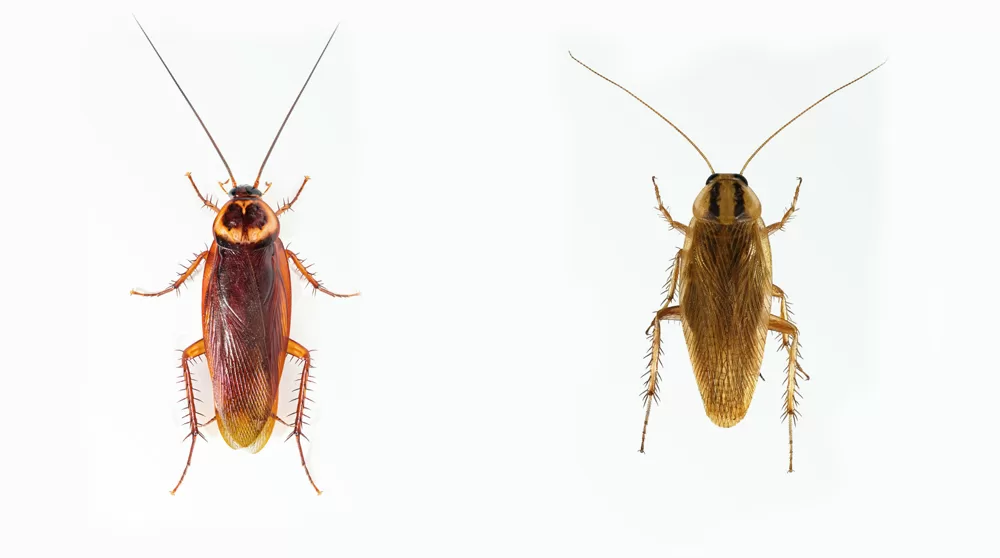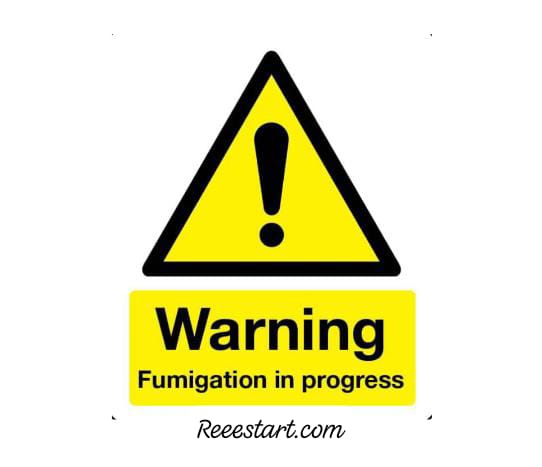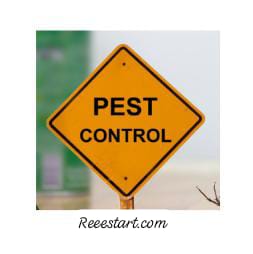Maintaining a safe and healthy living or working environment necessitates rigorous Cockroaches Control infestations. These pests are notorious not only for their resilience and adaptability but also for their role as vectors of various diseases. Their presence can lead to significant health issues, including food contamination and the triggering of respiratory problems such as asthma and allergies. Addressing the presence of cockroaches promptly and efficiently is essential to prevent minor sightings from escalating into severe infestations.
Types of Cockroaches Commonly Found on Property
There are several species of cockroaches that one might encounter, each with unique characteristics making them adaptable to various environments. The most common species that might invade your property are the German and Oriental cockroaches.
German Cockroach (Blattella germanica)
- Size:12-16 mm in length.
- Appearance:
- Light to dark brown with wings longer than the body.
- Behavior:
- Known for their rapid running and fast climbing abilities; primarily nocturnal
Characteristics
One of the smallest but most invasive and widespread cockroach species. Sightings during the day typically indicate a high population density, suggesting a significant infestation. The German cockroach thrives in warm, humid environments and is often found in kitchens and bathrooms where food and moisture are readily available.
To effectively eradicate German cockroaches, a thorough site inspection is crucial. This inspection should lead to the development of a detailed monitoring and treatment strategy tailored to the specific environment.
Oriental Cockroach (Blatta orientalis)
- Size: 22-30 mm in length
- Appearance: Dark brown to black with wings covering one-third of the body length
- Behavior, noted for their rapid reproduction rate; primarily nocturnal.
- Habitat, Often referred to as “water bugs” due to their preference for damp and wet environments such as basements, sewers, and areas with poor drainage. The presence of visible black egg sacs is a strong indicator of an infestation. As with the German cockroach, seeing Oriental cockroaches during the day signals a severe problem.
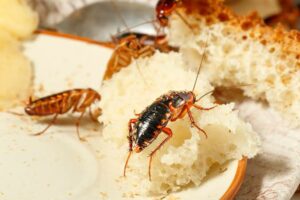
American Cockroach (Periplaneta americana)
The American cockroach, scientifically known as Periplaneta americana, is one of the largest and most common cockroach species found in urban environments.
- Size: Adults can reach lengths of up to 35-40 mm.
- Appearance: They are reddish-brown with a distinctive yellowish figure-8 pattern on the back of their heads.
- Habitat: prefers warm, moist environments such as basements, sewers, and drainage areas. Often found in commercial facilities like restaurants and grocery stores.
- Behavior: Although they are strong fliers, they typically run. They are resilient and can breed rapidly, contributing to large infestations.
- Health Risks, Known to carry pathogens that can contaminate food and surfaces, leading to various health issues such as food poisoning and allergic reactions.
Causes and Prevention of Cockroach Infestations
Cockroaches are opportunistic feeders and extremely versatile when it comes to their dietary choices. Their infestation in homes and businesses is primarily driven by the availability of food, water, and shelter.
Common Causes:
Food Sources
- Open or improperly stored food items, including pet food and seeds, can attract cockroaches.
Moisture
Leaking pipes, standing water, and high humidity areas are ideal for cockroach survival and reproduction.
Clutter and Cardboard
Cluttered spaces, especially those with cardboard, provide excellent breeding grounds.
Effective Prevention Strategies:
- Regular Cleaning, Maintain cleanliness, especially in food preparation and storage areas. Clean crumbs and spills immediately.
- Proper Food Storage, Store food in airtight containers to reduce accessibility.
- Moisture Control, Regularly inspect and fix leaks, use dehumidifiers, and ensure proper drainage to reduce available water sources.
- Declutter, Reduce clutter and dispose of cardboard and unnecessary materials that can serve as hiding places.
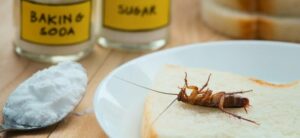
Effective Methods for Cockroaches Control
Due to their resilience, completely eliminating cockroaches requires a multifaceted approach, combining both professional treatments and preventive measures.
Professional Treatments
- Pheromone Traps, Use sticky traps infused with attractants to capture and monitor cockroach activity.
- Gel Baits, Place baits in strategic locations to effectively reduce cockroach populations by attracting and poisoning them.
- Insect Growth Regulators (IGRs), Implement IGRs to disrupt the reproductive cycle of cockroaches, preventing larvae from maturing into adults.
DIY Tips for Homeowners:
- Boric Acid, Dust boric acid in areas of high cockroach activity. It is a slow-acting poison that cockroaches ingest when they groom themselves.
- Essential Oils, Use essential oils such as peppermint, eucalyptus, and tea tree oil as natural repellents.
- Homemade Traps, Create traps using sugar and baking soda or petroleum jelly in jars to lure and trap cockroaches.
Achieving and maintaining a cockroach-free environment requires a proactive and integrated pest management approach. Regular maintenance, cleanliness, and immediate professional intervention when necessary will help reduce the health risks associated with cockroach infestations. By understanding the behavior and characteristics of different cockroach species, one can develop effective control strategies and ensure a safer living space.

